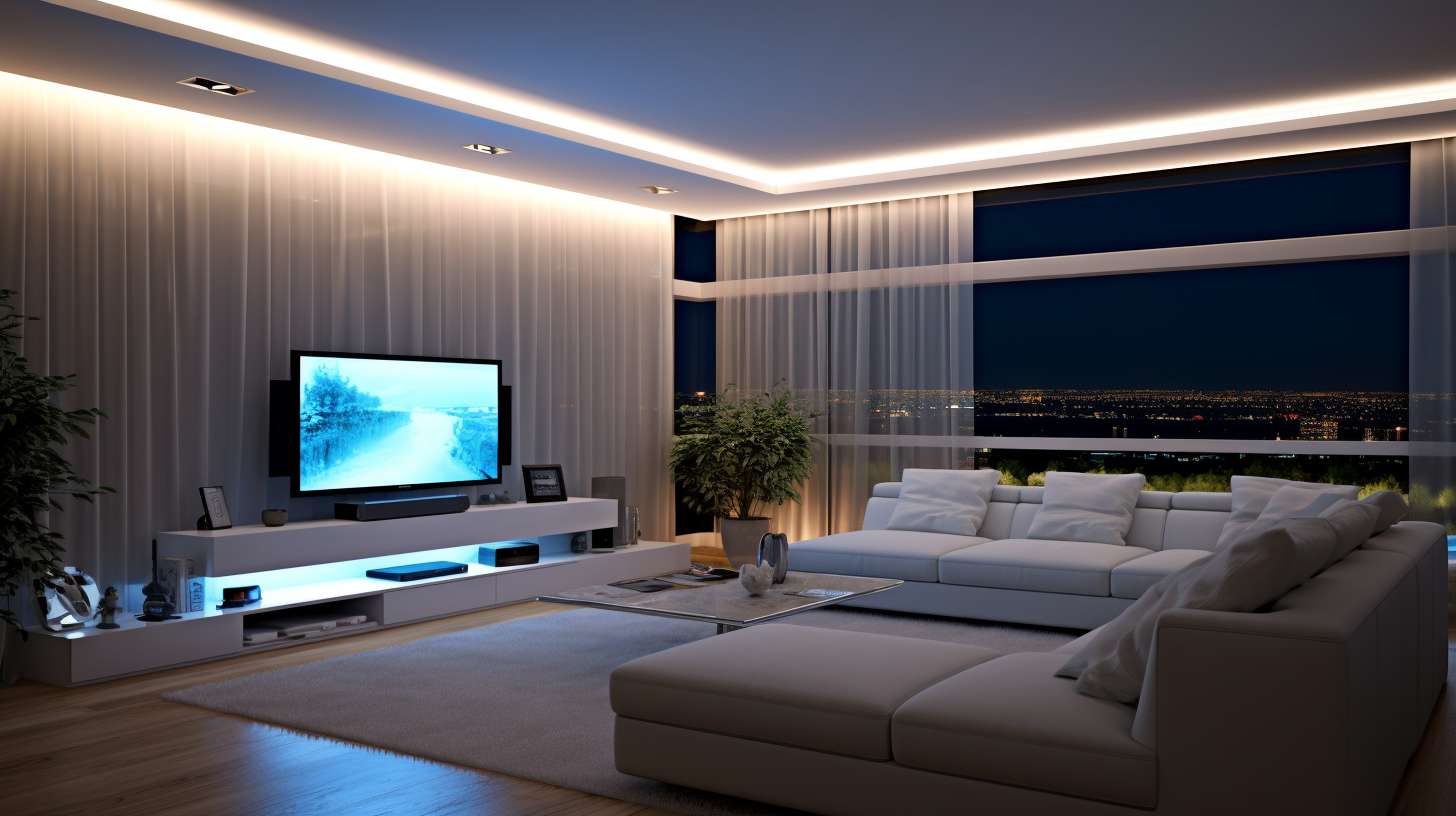Are your LED bulbs too bright? Do you want to have full control over the brightness of your LEDs? Do your LED lights not dim properly? These are all common problems both home and business owners have.
But it doesn’t have to be that way. The brightness level of an LED bulb is extremely easy to control, and whether you want to design an attractive storefront or you want control over your LED light bulb in the living room, there are simple solutions you can use to dim your lights, and in this article, we’ll go over some of them.
#1 Use a Dimmer Switch
Using a dimmer switch is a common and easy way to control the brightness of LED lights. Dimmer switches are widely available and can be easily installed in place of a regular switch. Once installed, the switch allows you to adjust the amount of electricity flowing to the LED lights, which in turn controls the brightness of the light.
Advantages:
- dimmer switches are relatively inexpensive and widely available, making them a popular choice for homeowners. They are easy to install and do not require any technical expertise. A beginner-friendly solution for those who want to dim their LED light bulbs.
- dimmer switches offer smooth and precise control over the brightness of LED lights. You can adjust the light level to your preference, from a subtle dim glow to full brightness, giving you complete control over the lighting in your home. In contrast, other solutions such as resistors or DC dimmers offer limited control over the light output.
Disadvantages:
- dimmer switches may not work with all types of LED lights, and you may need to choose a switch that is specifically designed for LED lights to avoid compatibility issues.
- Dimmer switches are not very efficient as they’re generally generic switches meant to be used with all types of lights.
#2 LED Dimmer
An LED dimmer is a specialized switch that is designed to work specifically with LED lights. LED dimmers are designed to work smoothly and efficiently with LED lights, providing precise control over the light output.
Advantages:
- LED dimmers are specifically designed for use with LED lights, which means they offer better compatibility and reduced risk of flickering or buzzing. This ensures a smoother and more consistent dimming experience.
- LED dimmers are often more energy-efficient than traditional dimmer switches. They use advanced technology to reduce energy consumption, resulting in significant energy savings over time. In contrast, using traditional dimmer switches with LED lights may result in inefficient energy use and reduced bulb life.
- LED dimmers often offer advanced features such as color temperature control and remote control operation, allowing you to customize your lighting to your specific preferences.
Disadvantages:
- Not only are LED dimmers more expensive than traditional dimmer switches, but they only work with LED strip lights and bulbs. This makes them not very ideal as entry-level products.
#3 Use a DC Dimmer
A DC dimmer is a device that controls the voltage supplied to LED lights in order to adjust their brightness. Unlike other dimming solutions, such as resistors or PWM dimmers, DC dimmers are specifically designed for use with LED lights and offer precise control over the light output.
Advantages:
- DC dimmers are easy to install and use, making them a popular choice for homeowners. They can be installed in a matter of minutes and are often compatible with a wide range of LED lights.
Disadvantages:
- DC dimmers are relatively simple in their functionality. They simply supply the LED light bulbs with low voltage, which makes them reliable, but it also means you can control the precise level of dimming.
#4 Use a Smart Home System
Using a microcontroller is a more advanced solution for dimming LED lights, requiring a greater degree of technical expertise than other solutions. With a microcontroller, you can program the LED lights to dim according to specific patterns, such as timed sequences or interactive responses to sensors or other input devices.
Advantages:
- it provides greater flexibility and customization options, allowing you to create unique and dynamic lighting effects that can enhance the aesthetic of your space.
- using a microcontroller offers more precise control over the brightness of LED lights. With advanced programming capabilities, you can control the light output to a fine degree, allowing you to create specific lighting effects or match the brightness to other elements in your environment.
- using a microcontroller offers more energy-efficient dimming compared to traditional dimmer switches or resistors. By programming the microcontroller to control the voltage supplied to the LED lights, you can reduce energy consumption and save on electricity costs.
Disadvantages:
- It requires technical expertise and programming skills that other solutions simply do not require. This can be a barrier for those without a background in electronics or programming.
- using a microcontroller can be more time-consuming and may require more equipment than other solutions such as a dimmer switch. You may need to purchase additional hardware or components, and the programming process can be lengthy. You might want dimmable lighting, but is this worth it?
- using a microcontroller for dimming LED lights is more expensive than other solutions.







